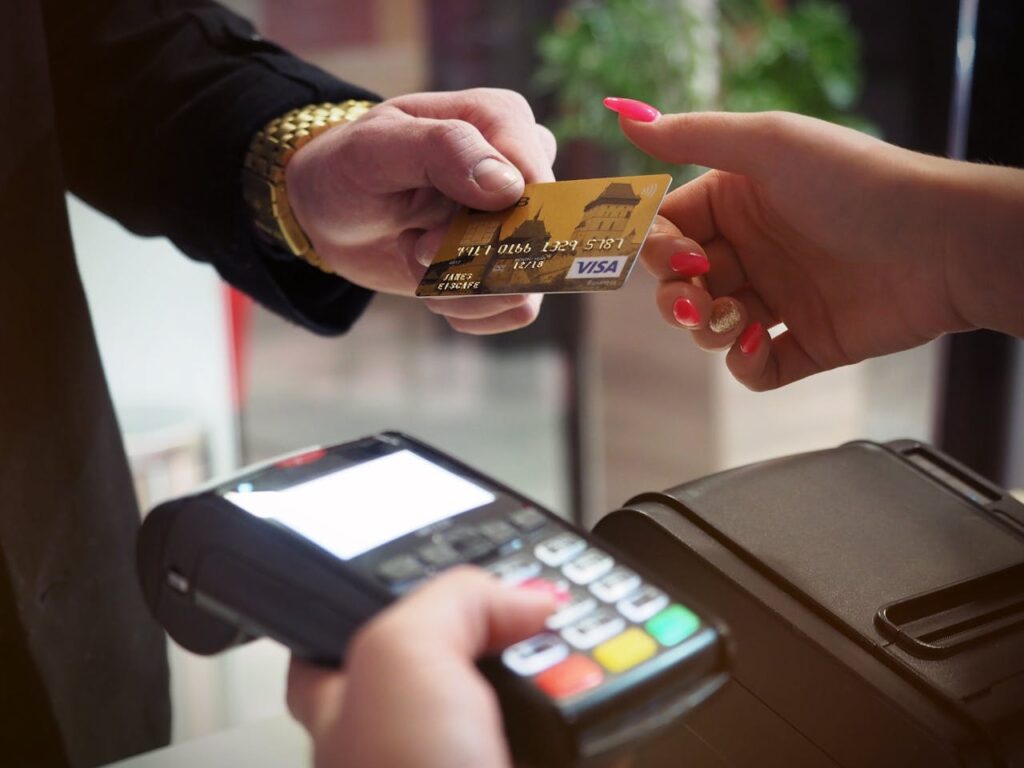In today’s hyper-connected world, where social media is the pulse of public opinion and brands are more visible than ever, the role of consumer public relations has evolved significantly. Once the domain of press releases, media outreach, and event management, consumer PR now encompasses an array of digital strategies aimed at engaging consumers, building relationships, and fostering brand loyalty.
The rise of social media and digital communication platforms has reshaped how PR professionals communicate with the public. PR has shifted from the one-way communication model of traditional media to a more interactive and responsive form of engagement. This change has been fueled by a variety of factors: the ubiquity of smartphones, the dominance of social media platforms like Instagram, TikTok, and Twitter, and the increasing reliance on user-generated content as a form of social proof.
Consumers today no longer passively receive messages from brands—they expect brands to listen and engage with them in real time. Whether it’s responding to a customer service inquiry on Twitter or engaging in a conversation on Instagram stories, consumers demand more from brands. Public relations strategies must now be more responsive, personalized, and agile to meet these demands.
The importance of authenticity in consumer PR cannot be overstated. Gone are the days when consumers simply trusted advertising or press releases as the truth. Today, the public is savvy, and they expect brands to be transparent, accountable, and genuine. In fact, research shows that 63% of consumers prefer to buy from companies that have a reputation for authenticity. This means PR professionals must work not just to promote products but to shape brand narratives that align with values such as sustainability, diversity, and social responsibility.
One of the key changes in consumer PR is the increasing importance of influencer partnerships. Influencers, with their loyal and highly engaged audiences, have become an indispensable part of any consumer PR strategy. Whether a brand is looking to promote a new product or reshape its image, collaborating with influencers allows brands to tap into specific communities and build trust through a more personal form of endorsement. But these partnerships must be carefully managed. The credibility of influencers is paramount—consumers are quick to notice when an influencer’s endorsement feels forced or inauthentic. Therefore, PR professionals must ensure that these partnerships feel natural and align with the values of both the brand and the influencer.
The digital age has also brought with it new challenges for consumer PR. Misinformation and negative publicity spread faster than ever before, and managing a brand’s reputation has become a 24/7 job. One viral tweet or negative review can cause irreparable damage to a brand’s image, which is why PR teams must be ready to respond quickly and effectively to mitigate potential damage. Proactive crisis communication has become an essential skill for today’s PR professionals, who must be able to navigate these high-stakes situations with empathy and precision.
At the heart of modern consumer PR is the idea of relationship-building. It’s not just about getting media coverage or creating buzz—it’s about fostering long-term connections with the audience. Brands that succeed in consumer PR understand that they are not just selling a product—they are selling a relationship. This requires continuous engagement, listening, and responding to consumer feedback. PR campaigns must be designed not just to attract attention, but to sustain and deepen the bond with consumers over time.
As the lines between marketing, advertising, and PR continue to blur, the role of the PR professional will only grow in importance. With the power of social media, data analytics, and influencer collaborations, consumer PR is no longer a back-office function—it’s a driving force in shaping a brand’s image and fostering loyalty. As we look to the future, the key to success will be a brand’s ability to listen to its consumers, stay authentic, and adapt to the ever-changing digital landscape.

More PR Insights
How To Hire And Structure An Effective In-House Brand Journalism Team
Inclusive Workplace Communication: Strategies To Support Neurodiverse Teams
PR Lessons From The Most-Shared Linkedin Posts